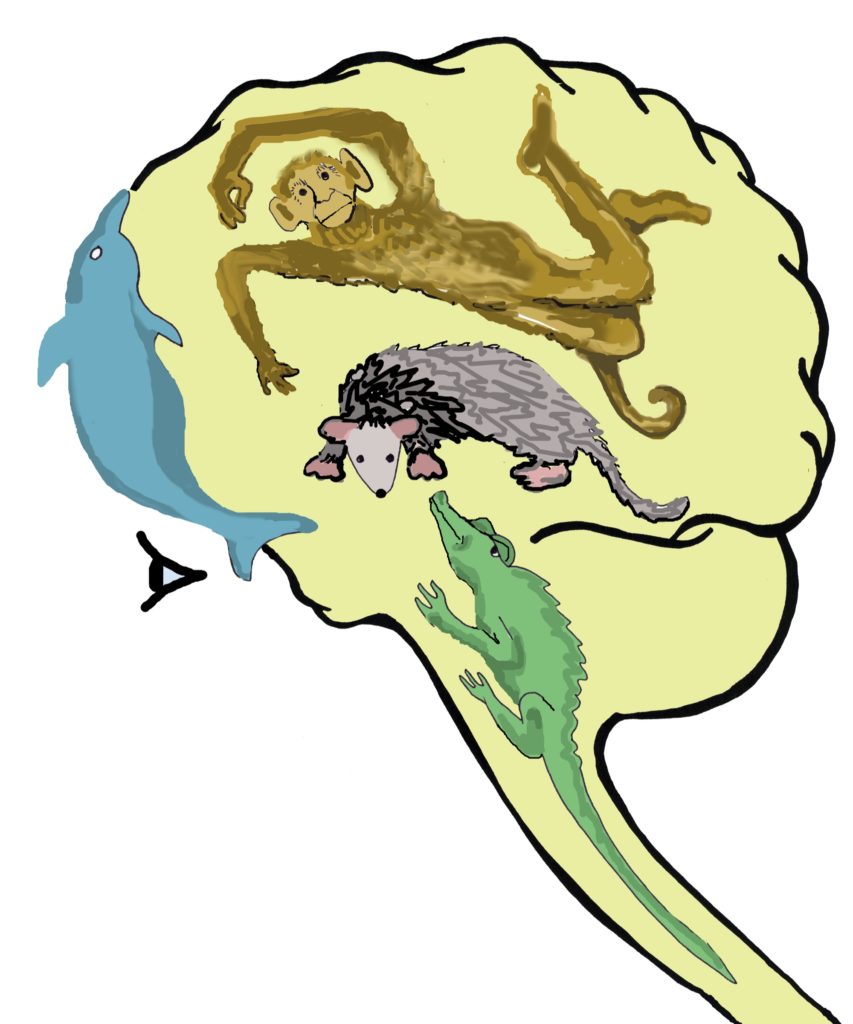I feel the concept of having “thin skin” is on the border of metaphor and simile.
I’ve been running a lot lately (not metaphorically, very actually) and the skin on the back of my ankles/heels is legitimately thin at present. Any time anything at all touches them — a sock, the sheets, my other foot — it hurts like crazy and even bandaids and copious amounts of neosporin (the kind with pain relief) isn’t helping. The only things that seems to help is toughing it out until the nerve endings go numb and from there, I’m good until I stop moving again.
Perhaps not an ideal strategy, but as with metaphorical thin skin, we can’t always (in fact, usually can’t) just stop whatever we’re doing for a good cry. Such is life.
This past week was like the for me, all over. Not just my heels. I just felt so raw and every little thing stung. Words in emails and off-the-cuff remarks, whether intended to be sharp or not, felt painful. And I struggled mightily to get through a couple of those days. Admittedly, in the dark before bed, at least one did end in tears. I couldn’t help them from coming.
By Thursday evening, I wasn’t sure I could handle one more (perceived) insult, and when Friday morning rolled around, only the promise of a weekend in eight hours got me out of bed. By 11:00 am, I was in the thick of self-pity when my weekly meeting with a close colleague came around.
It had been a stressful week, with work and otherwise, and I shared that with Tammy. In response, she shared with me the wisdom of another mutual friend. She said that long ago, when she said something similar, this friend would, without sympathy, look at her and ask, “And where exactly are you in your cycle?”
BINGO.
I had to laugh at myself then. I was feeling especially raw, but in reality, this past week wasn’t actually different than any other.
Sometimes I fall into this myth of mental health that if I’m doing ok, then everything should always feel ok. That true mental health is 100% happy 100% of the time.
If only!!
Some weeks will be up and some weeks will be down. Sometimes I will feel raw and sometimes I will feel invincible. Good mental health, perhaps, is being able to feel both the ups and the downs and knowing that it’s all temporary. No one feeling lasts forever, nor does it exist in isolation.
In fact, in the absence of any down, would any up really feel as good? And to be able to feel sadness, grief, hurt and pain, only makes us human.
Diagnosis: human? I’ll take that.



